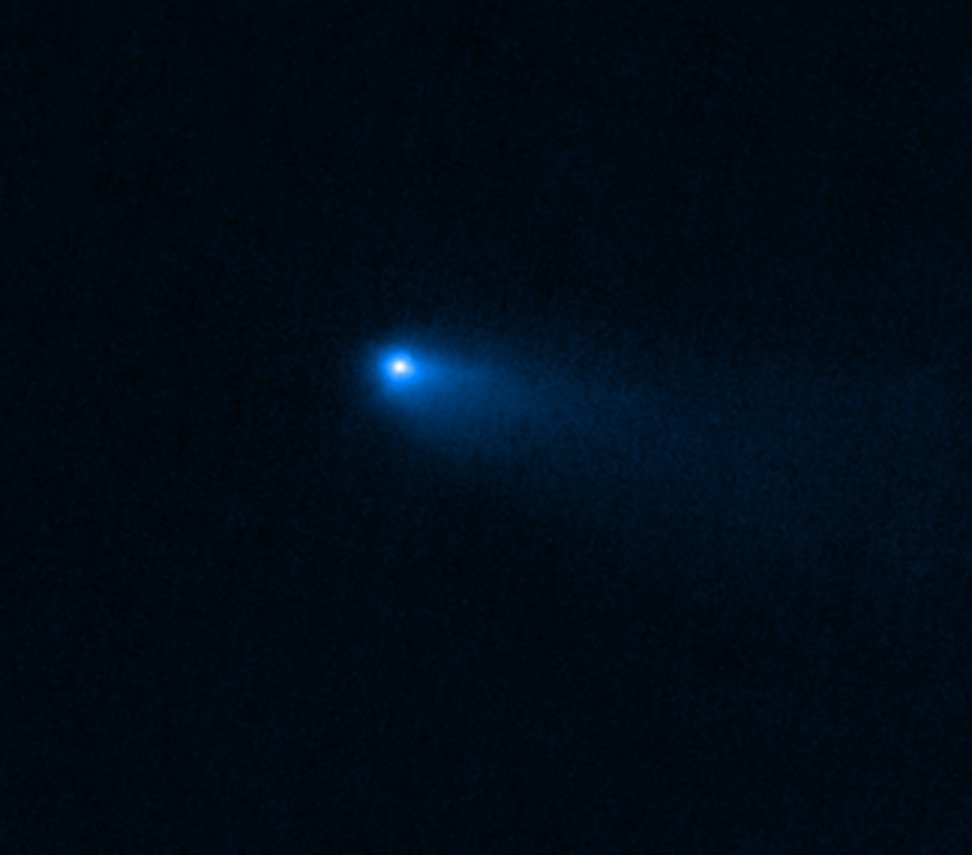In a groundbreaking revelation, the James Webb Space Telescope has achieved yet another major milestone, capturing the first-ever instance of water vapour around a comet in the main asteroid belt. This discovery challenges scientists’ previous assumptions about the distribution of water ice in the solar system and raises intriguing questions about the nature of these celestial bodies. With its powerful near-infrared camera, the Webb telescope is revolutionizing our understanding of comets and paving the way for further exploration.
This discovery proves that Main-belt Comets can preserve Water Ice
For years, researchers speculated that comets would predominantly contain water ice when situated in the Kuiper Belt or the Oort Cloud, regions far enough from the Sun to sustain frozen substances. However, the recent observation of water vapor around a main-belt comet has astounded the scientific community. This breakthrough, made possible by the James Webb Space Telescope, provides concrete evidence that comets in the main asteroid belt can indeed preserve water ice.

While the detection of water vapour is an astounding feat, the absence of carbon dioxide (CO2) in the observed comet, named Read, has presented scientists with a new enigma. Typically, CO2 accounts for around 10 per cent of the potentially vaporized material in comets. Webb’s instruments, however, did not detect any traces of CO2 in Read. Researchers postulate two possibilities: either the CO2 dissipated over billions of years, or Read formed in a unique region of the Solar System where CO2 was absent.
Read, one of the pioneering bodies categorized as a main-belt comet, played a crucial role in establishing this classification. Until now, the study of main belt comets has been limited by the lack of instrumentation capable of examining them in detail. However, the James Webb Space Telescope’s powerful capabilities have finally enabled researchers to delve deeper into the mysteries of these fascinating comets.
While the discovery of Read’s lack of Carbon Dioxide poses intriguing questions, further observations are essential to determine whether this peculiarity is exclusive to Read or common among main-belt comets. In either case, Stefanie Milam, a member of the research team, proposes a sample collection mission to gain deeper insights into comets like Read. Such a mission would prove far more feasible than exploring the distant Kuiper Belt or the Oort Cloud, which are considerably farther from the Sun. The James Webb Telescope also made some groundbreaking discoveries regarding the Fomalhaut Star System recently.
RELATED:
- Meet the Oldest Black Hole Ever with 10 Million Times More Mass Than Our Sun
- Google’s AI Chatbot Bard Causes $100 Billion Loss with Wrong James Webb Answer
- Best High-resolution VR headsets in 2023
(Via)







